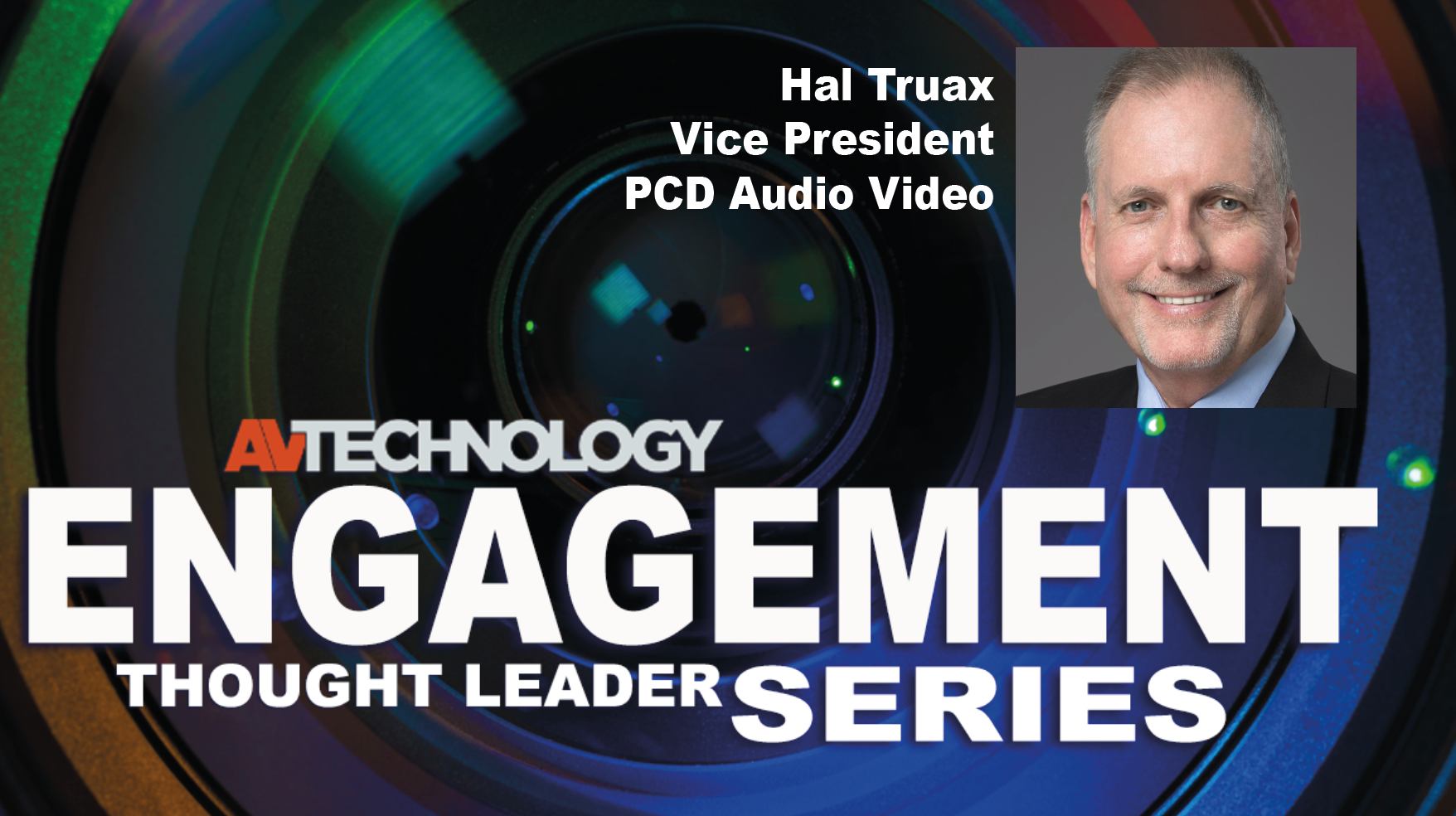AVT Question: Please share insights on emerging trends, best practices for creating high-quality content that engages audiences, and choosing the best tools for production.
Thought Leader: Hal Truax, Vice President at PCD Audio & Video
We emphasize a holistic, data-driven approach to engaging audiences. Several best practices play a role in effective system integration, and the first of these is a robust content management system. A powerful, cloud-based CMS enables real-time updates across a network of displays—whether you're using traditional digital signage or immersive experiences like XR, AR, and VR. This integration ensures that content is current, context-aware, and easily customized.
The next best practice is deep audience understanding. With advanced analytics built into modern CMS platforms, brands can gather demographic and behavioral insights. This allows you to gear content specifically to the target audience’s needs so you can deliver messages that resonate, whether on a busy digital billboard or in an immersive VR training module.
Integrating XR, AR, and VR into the overall content strategy can transform passive, static viewing into interactive, engaging experiences." —Hal Truax, Vice President at PCD Audio & Video
A third best practice involves seamless integration of immersive technologies. Integrating XR, AR, and VR into the overall content strategy can transform passive, static viewing into interactive, engaging experiences. For example, an AR overlay on a digital sign might offer additional product information or interactive promotions, driving higher engagement.
Fourth, ensure unified brand messaging across channels. A well-integrated system ensures that all content—whether displayed on a high-brightness outdoor screen, an indoor digital poster, or within a VR experience—delivers a consistent, unified brand message. This cohesion boosts brand recall and enhances overall customer engagement.
Finally, there is a trend toward greater agility and flexibility. Compared to five years ago, both hardware and software have advanced dramatically. Modern systems are more agile, allowing advertisers to pivot their strategies quickly based on real-time data. This evolution makes generating high-quality, personalized content not only easier but also more effective.
In essence, combining a robust CMS with a deep understanding of your target audience—and then leveraging the latest immersive technologies—creates a dynamic, responsive ecosystem. This approach not only improves audience engagement but also streamlines operations and empowers brands to deliver high-quality, interactive content across all digital platforms.
